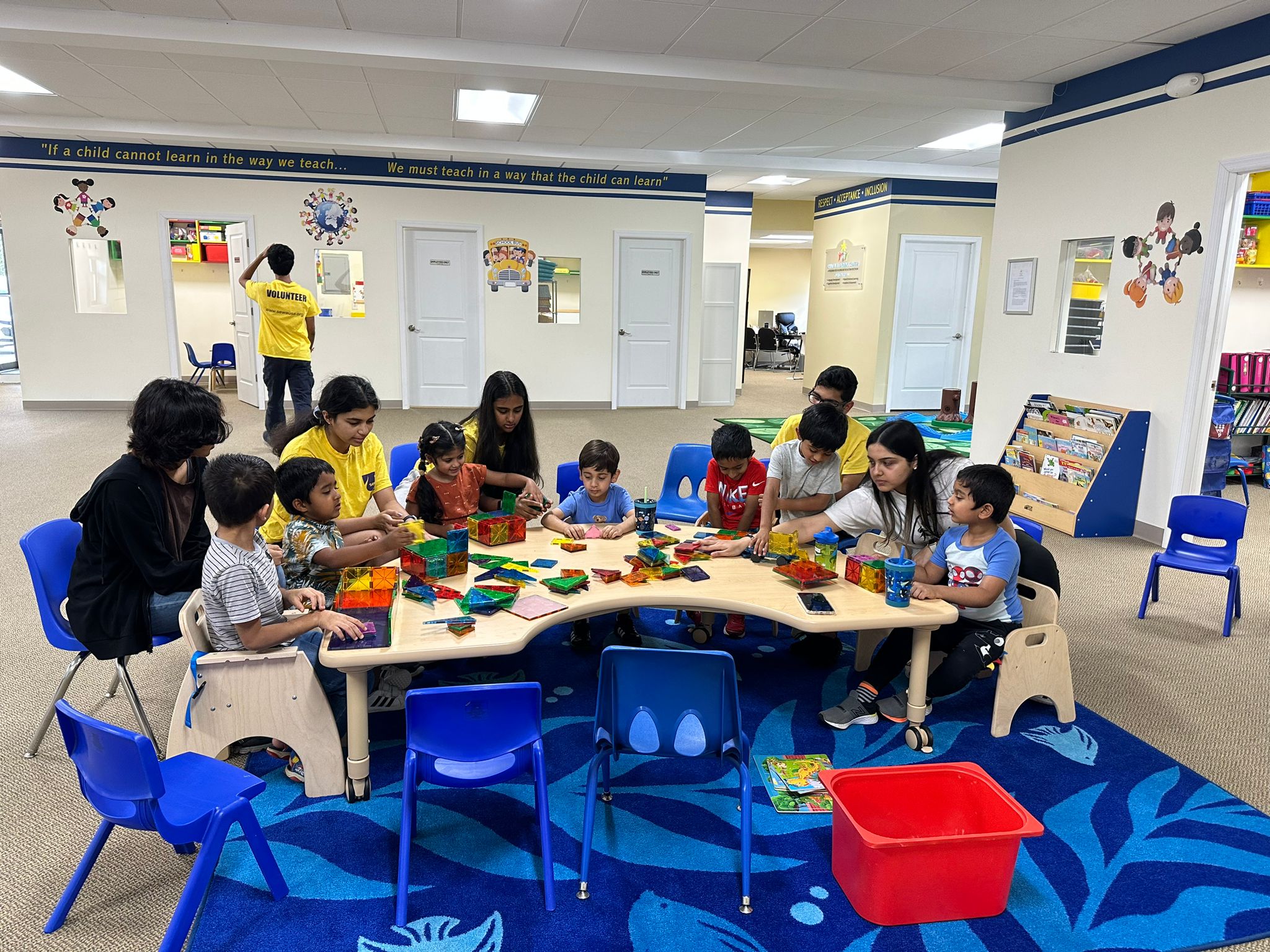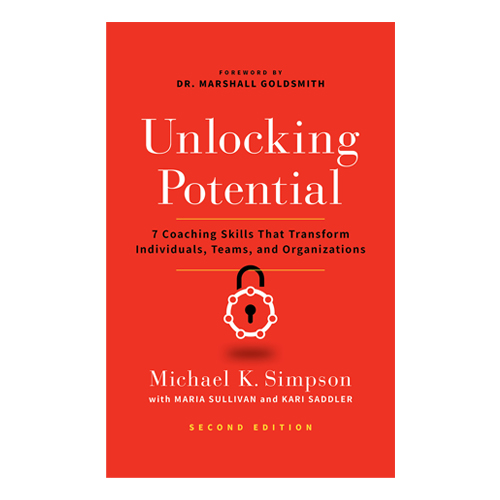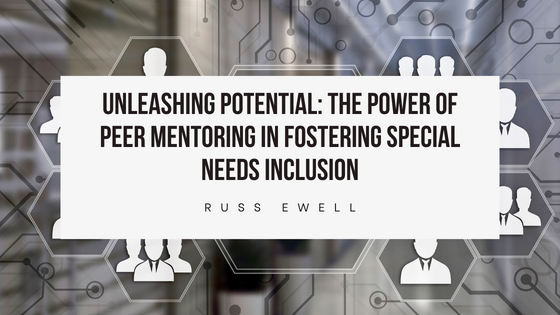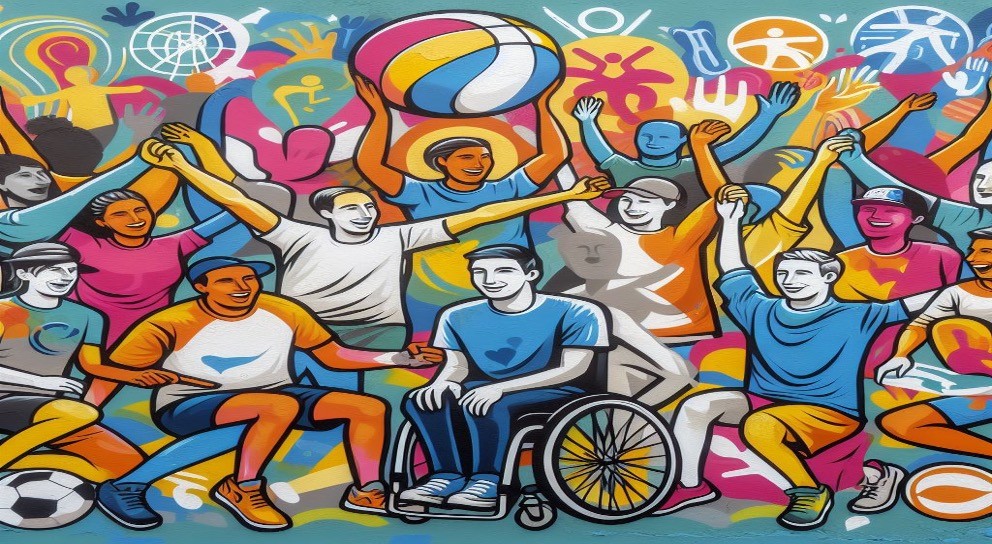In today’s diverse world, inclusion and inclusive education are vital for ensuring equal opportunities and a sense of belonging for all learners. At kienhoc.vn, we believe that every student deserves access to quality education, regardless of their abilities or backgrounds. This article will delve into the concept of inclusion and inclusive education, exploring its benefits, challenges, and practical strategies for creating inclusive classrooms.

Understanding Inclusion and Inclusive Education
Inclusion means making sure everyone feels welcome and valued, no matter their differences. It’s like having a big party where everyone gets to play and have fun together! Inclusive education takes this idea and applies it to schools. It means that all students, including those with disabilities or special needs, learn together in the same classroom with the same teacher.
What Does Inclusion Look Like in Schools?
In an inclusive classroom, everyone gets the support they need to learn and succeed. This might mean having special tools or materials, like ramps for wheelchairs or books with large print. It also means having teachers who understand different learning styles and can adapt their lessons to meet the needs of all students. For example, some students might learn best by listening, while others prefer to learn by doing. Inclusive education celebrates these differences and makes sure everyone has a chance to shine.
Why is Inclusive Education Important?
Inclusive education has many benefits for everyone. It helps students with disabilities feel included and valued, which can boost their confidence and self-esteem. It also teaches all students about diversity and acceptance. When we learn and play together, we build friendships and understanding. Inclusive education creates a more welcoming and supportive environment for everyone.
“Education is the most powerful weapon which you can use to change the world.” – Nelson Mandela

Benefits of Inclusive Education
Academic and Social Growth for All Students
Inclusive education isn’t just about helping students with disabilities; it benefits everyone! When students of all abilities learn together, they can help each other grow. Students without disabilities can learn about empathy and understanding by interacting with their peers who have different needs. They can also develop their communication and problem-solving skills by working together on projects and activities. This creates a supportive and encouraging learning environment where everyone feels valued and respected.
Preparing Students for a Diverse World
The world is full of people with different backgrounds, abilities, and perspectives. Inclusive education helps prepare students for this diversity by teaching them to appreciate and respect differences. When students learn alongside peers with disabilities, they develop a better understanding of the challenges and strengths that everyone has. This understanding can help them become more open-minded and accepting adults, ready to embrace the richness of a diverse society. To learn more about the role of educators in inclusive education, check out our article on special education teachers.
“The only disability in life is a bad attitude.” – Scott Hamilton

Challenges and Solutions in Inclusive Education
While inclusive education offers many benefits, it also comes with challenges. Schools might need to adapt their classrooms and teaching methods to support students with different needs. This could involve providing assistive technology, modifying curriculum, or offering specialized instruction. Additionally, teachers may need additional training and resources to effectively address the diverse learning styles and needs of all students. To learn more about the specific needs of students in inclusive education, you can explore our article on special needs education.
However, these challenges can be overcome with careful planning, collaboration, and a commitment to inclusivity. Schools can work together with parents, educators, and community organizations to create a supportive and welcoming environment for all learners. By addressing these challenges head-on, we can ensure that inclusive education becomes a reality for every student.

Creating an Inclusive Classroom
Creating an inclusive classroom is like building a giant puzzle where every piece fits perfectly! It’s about making sure everyone feels comfortable, respected, and ready to learn. Teachers can do this by setting clear expectations for kindness and respect, and by celebrating the unique strengths and talents of every student. Think about having a classroom library with books about different cultures and abilities, or organizing group projects where everyone can contribute their skills. By fostering a sense of belonging and collaboration, we can create a learning environment where everyone thrives.
There are many ways to make a classroom more inclusive. Teachers can use different teaching methods to reach all learners, like visual aids, hands-on activities, and technology. They can also create a flexible learning space with different areas for individual work, group collaboration, and quiet time. It’s important to remember that inclusion is an ongoing process, and we can always find new ways to make our classrooms more welcoming and supportive for everyone.
“Alone we can do so little; together we can do so much.” – Helen Keller

Final Thought
Creating truly inclusive learning environments requires ongoing effort, collaboration, and a commitment to valuing diversity. By embracing the principles of inclusion and implementing effective strategies, we can ensure that all students have the opportunity to reach their full potential and contribute to a more just and equitable society.




